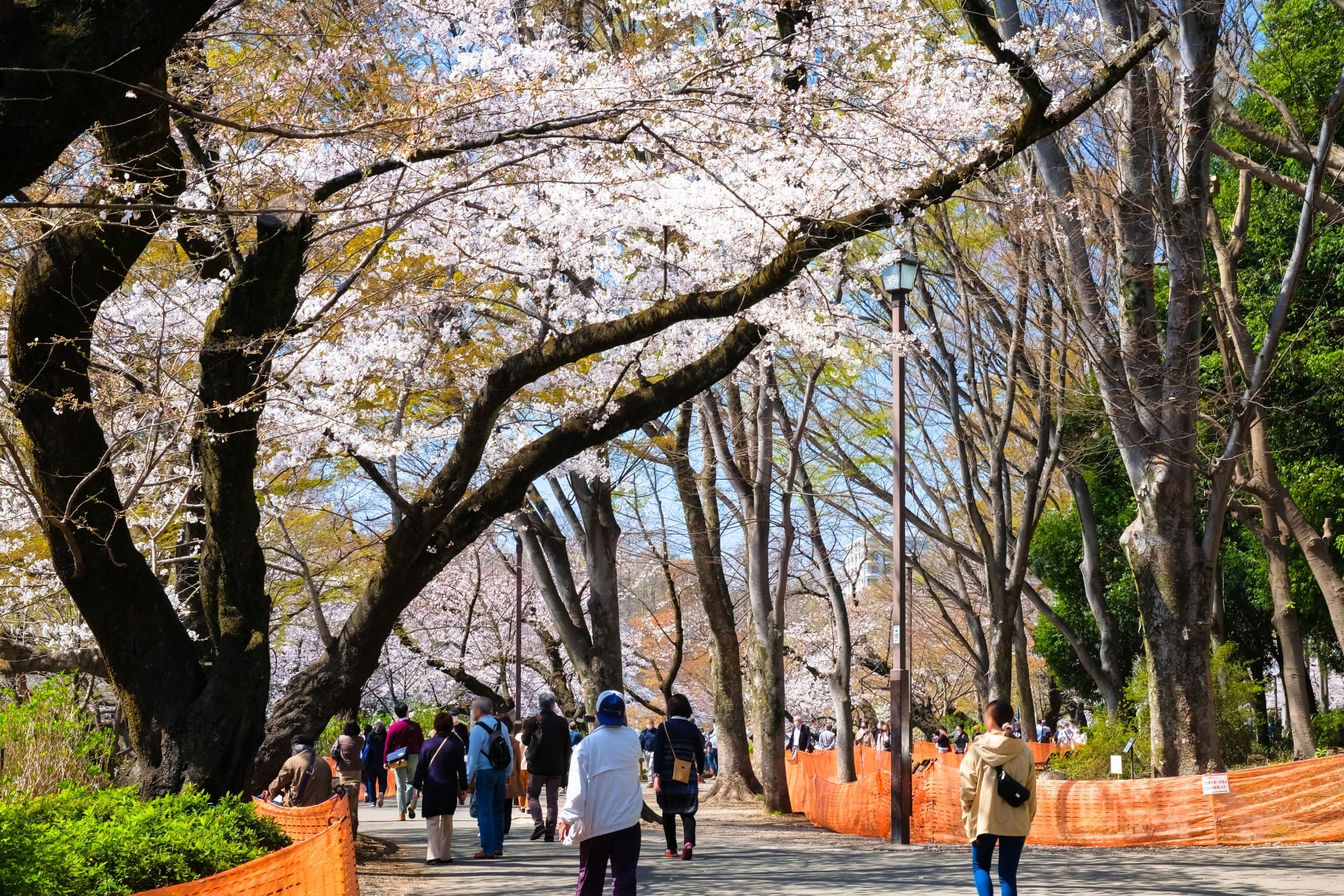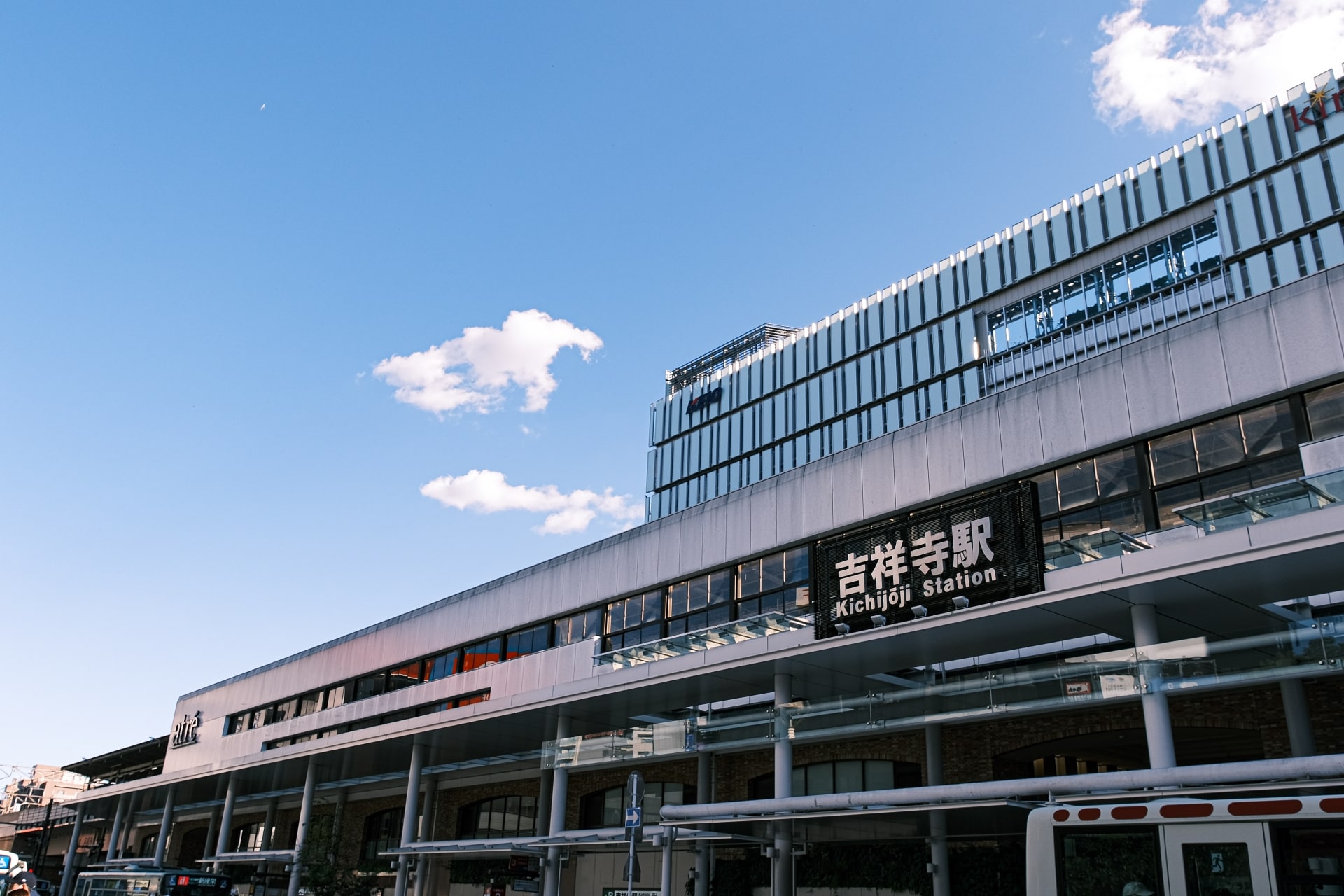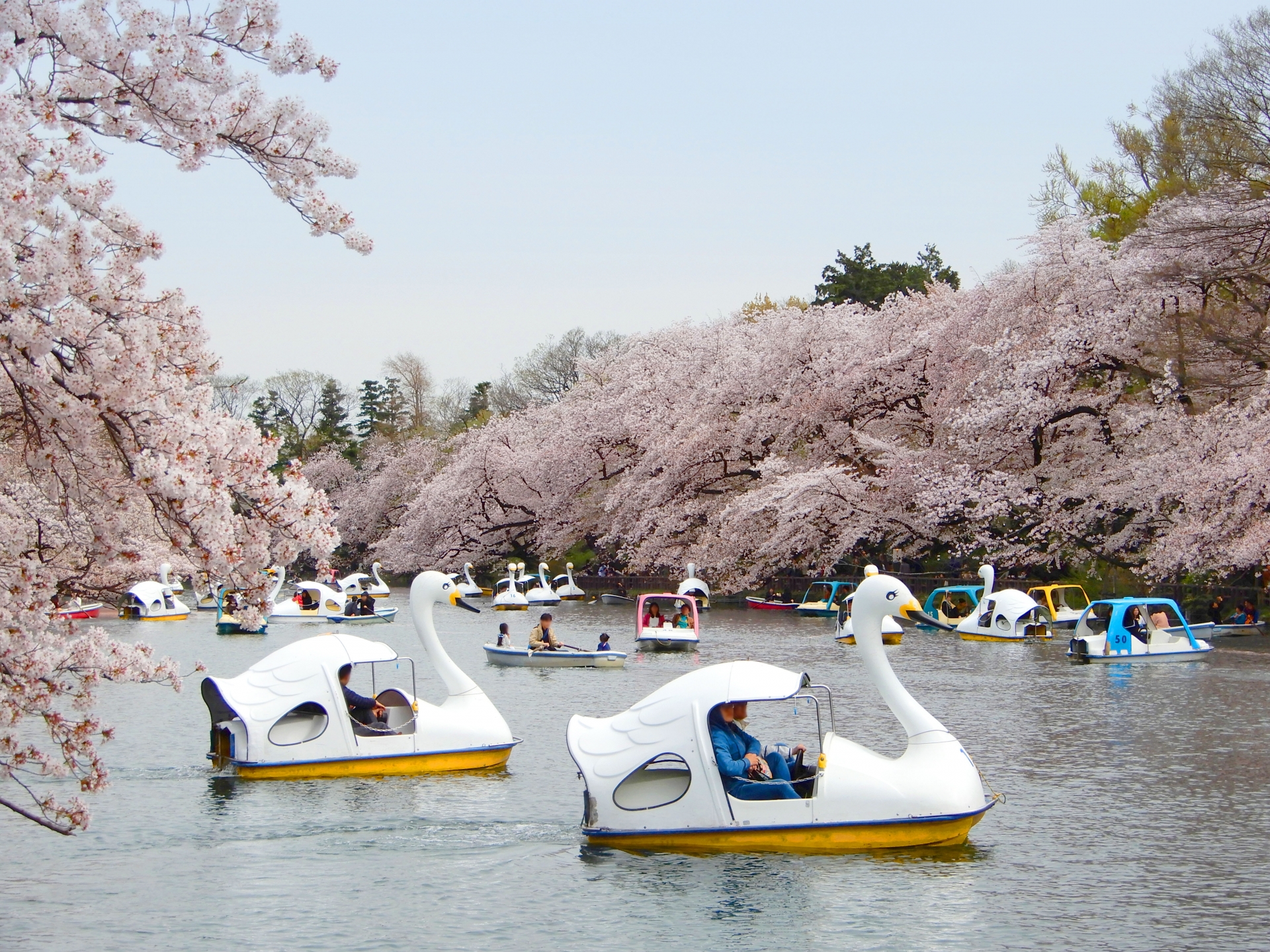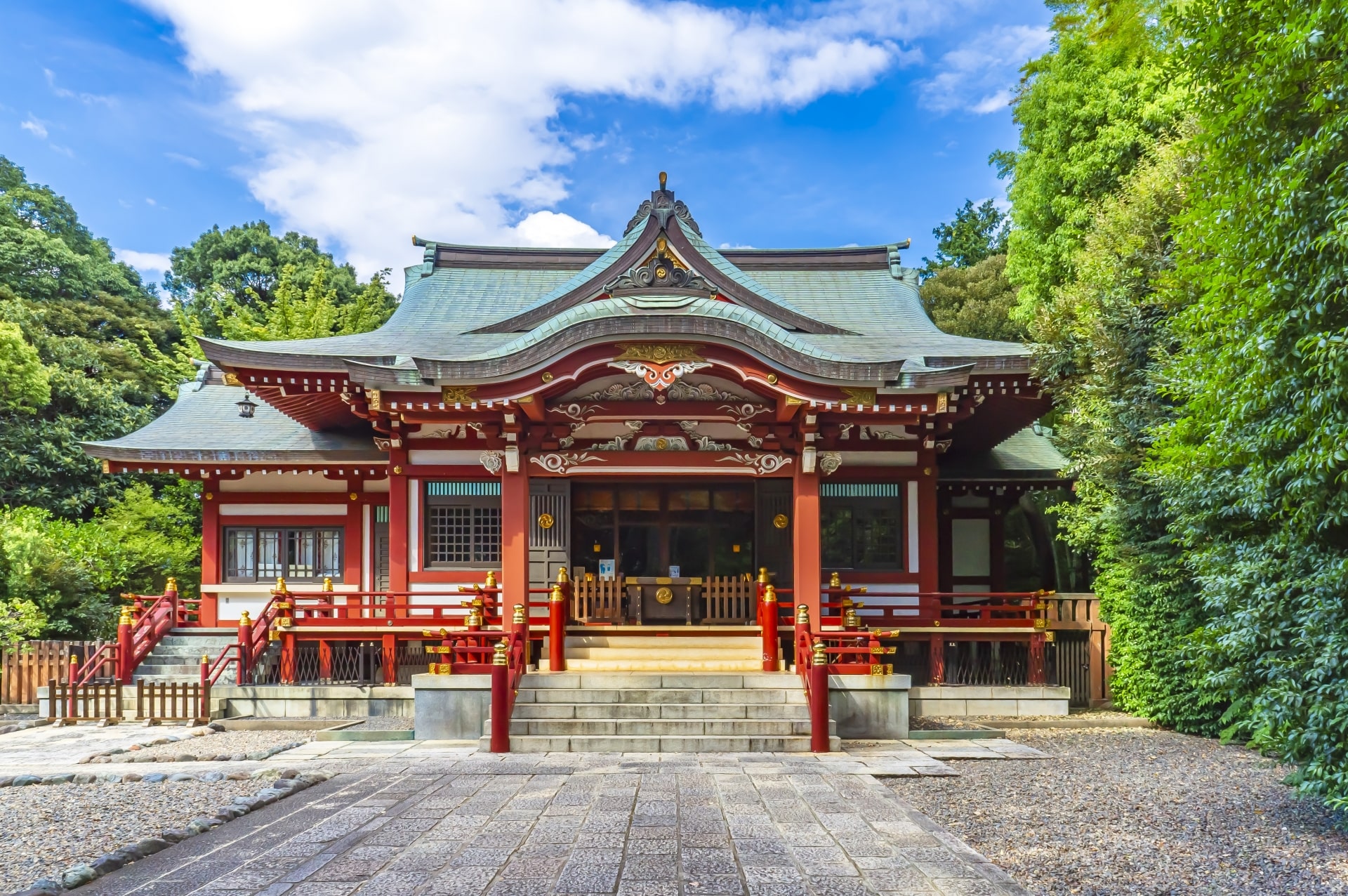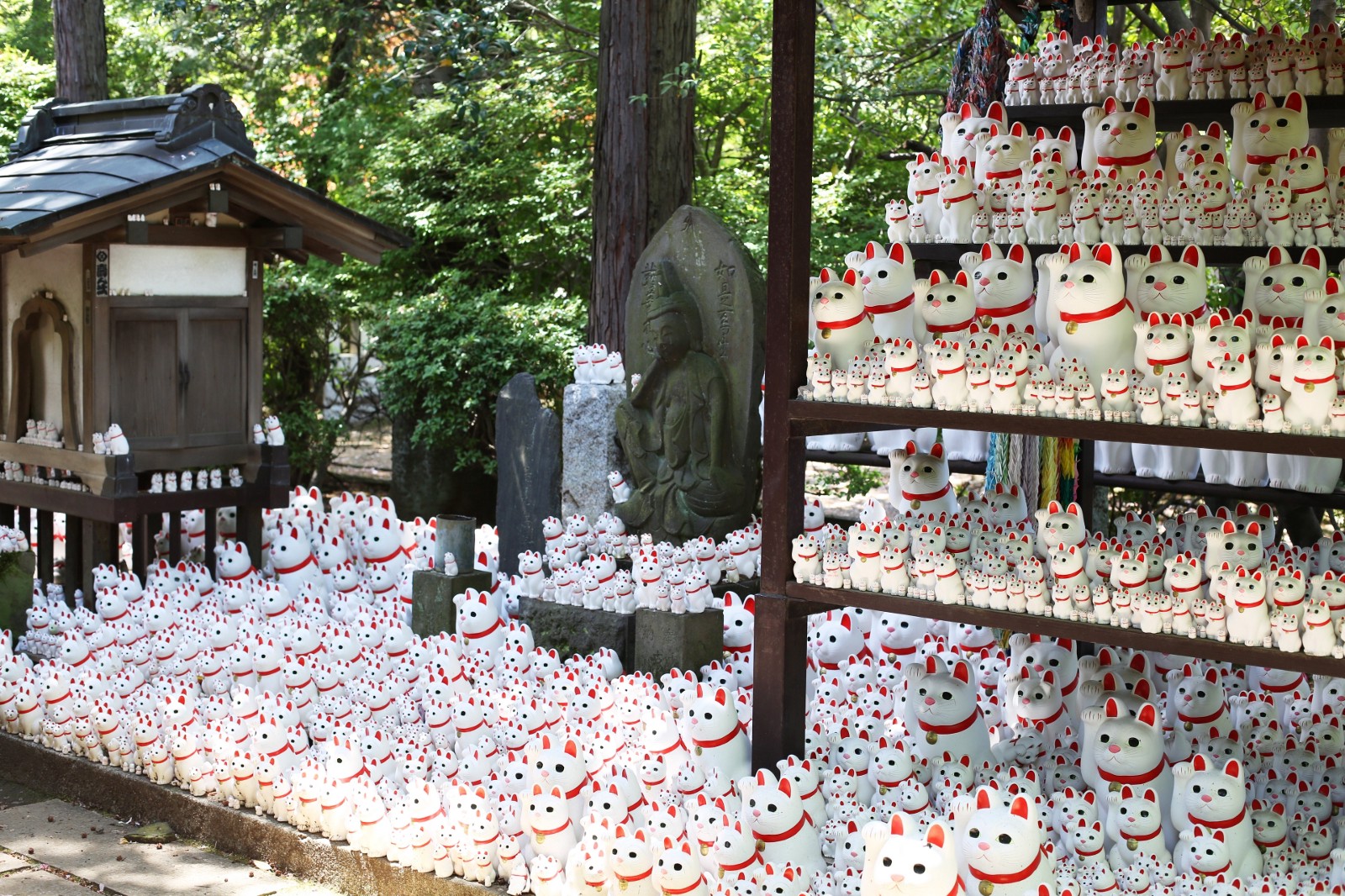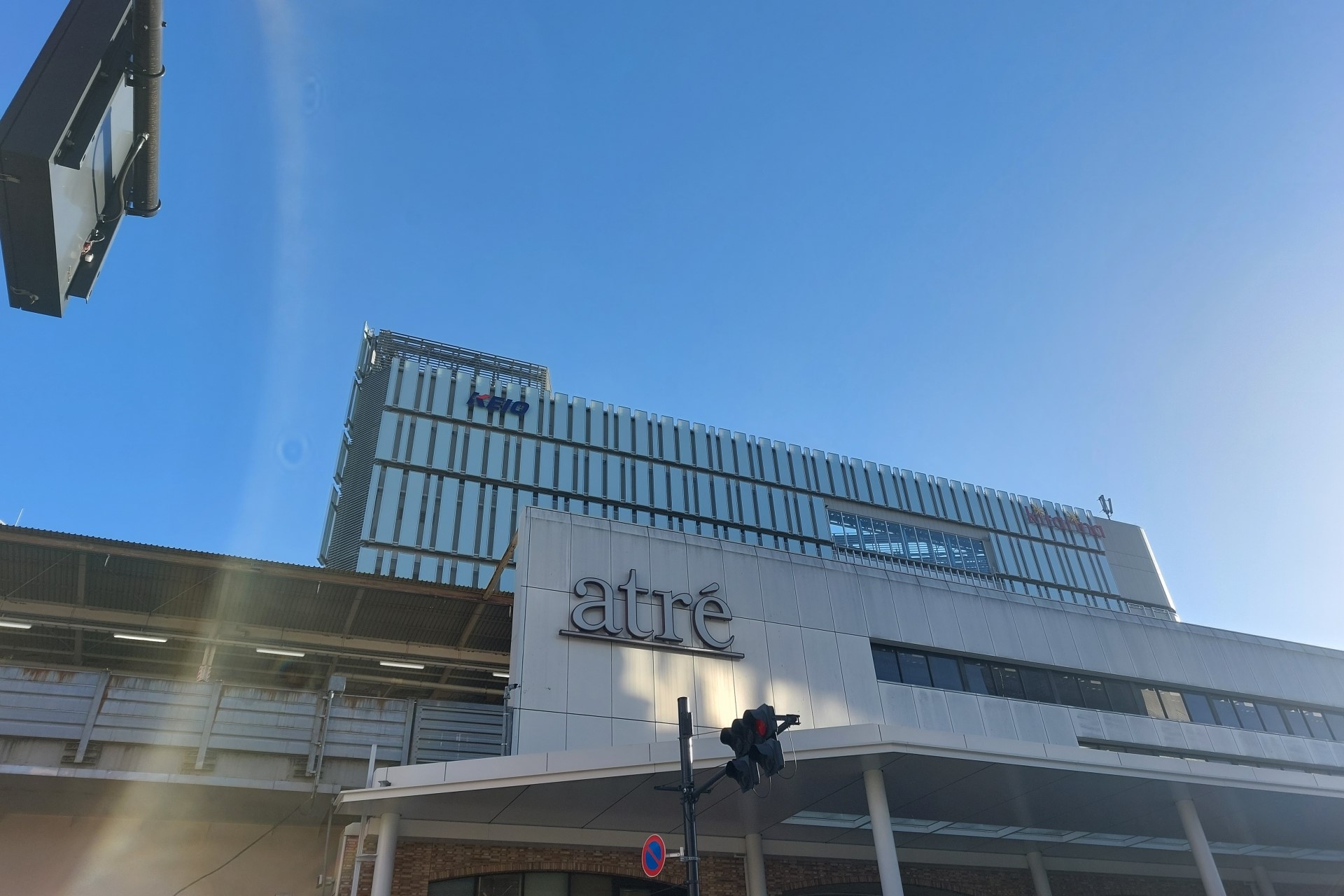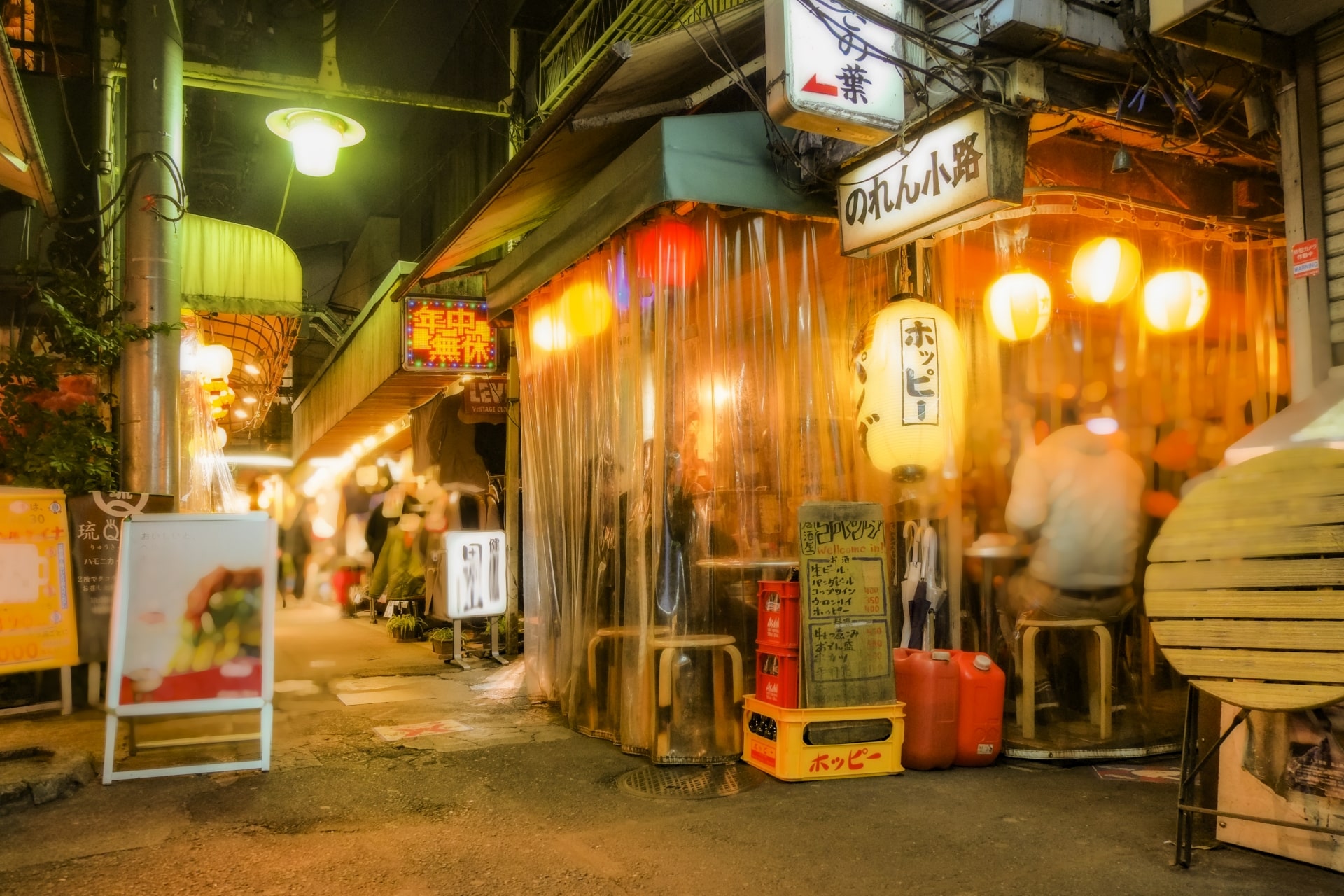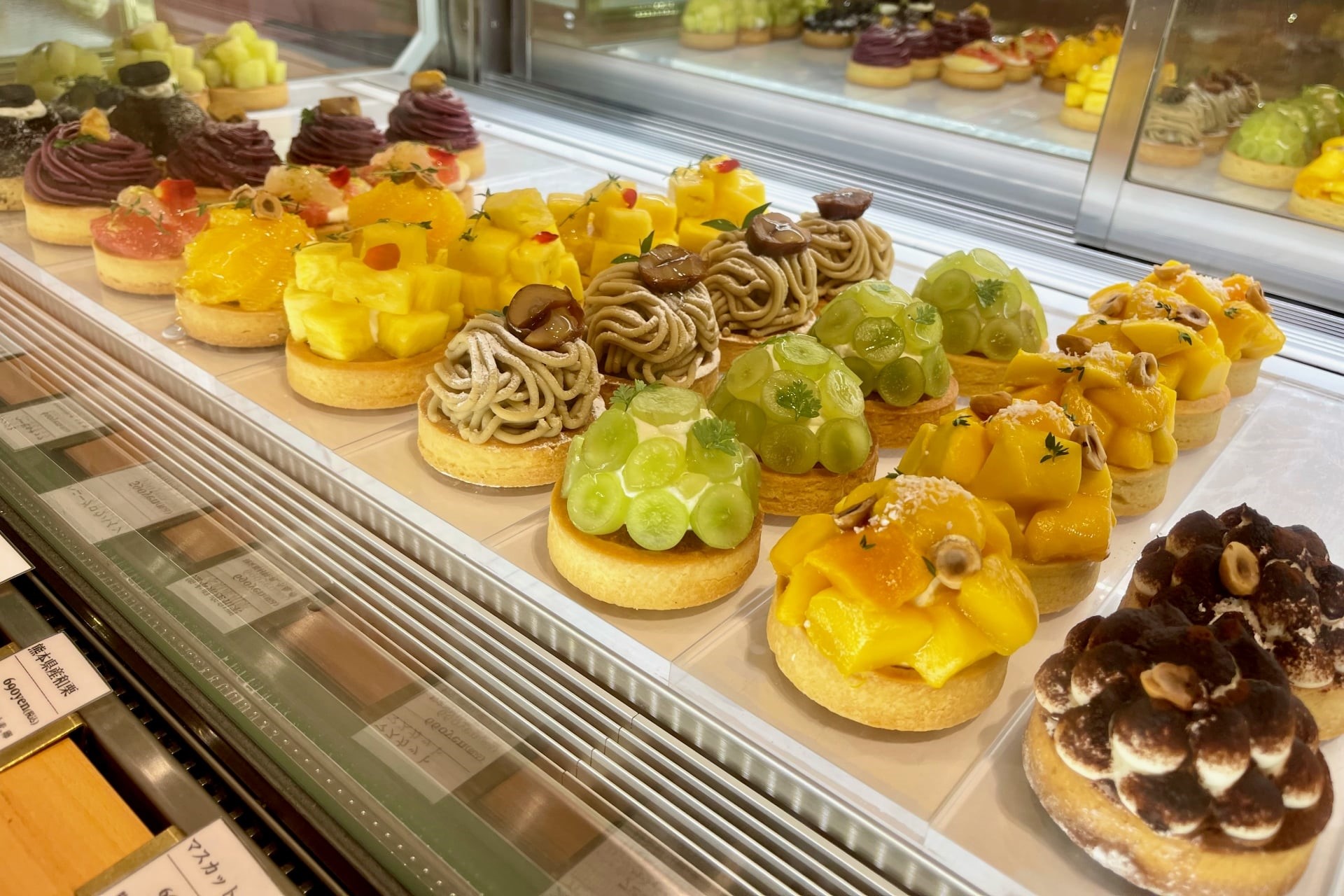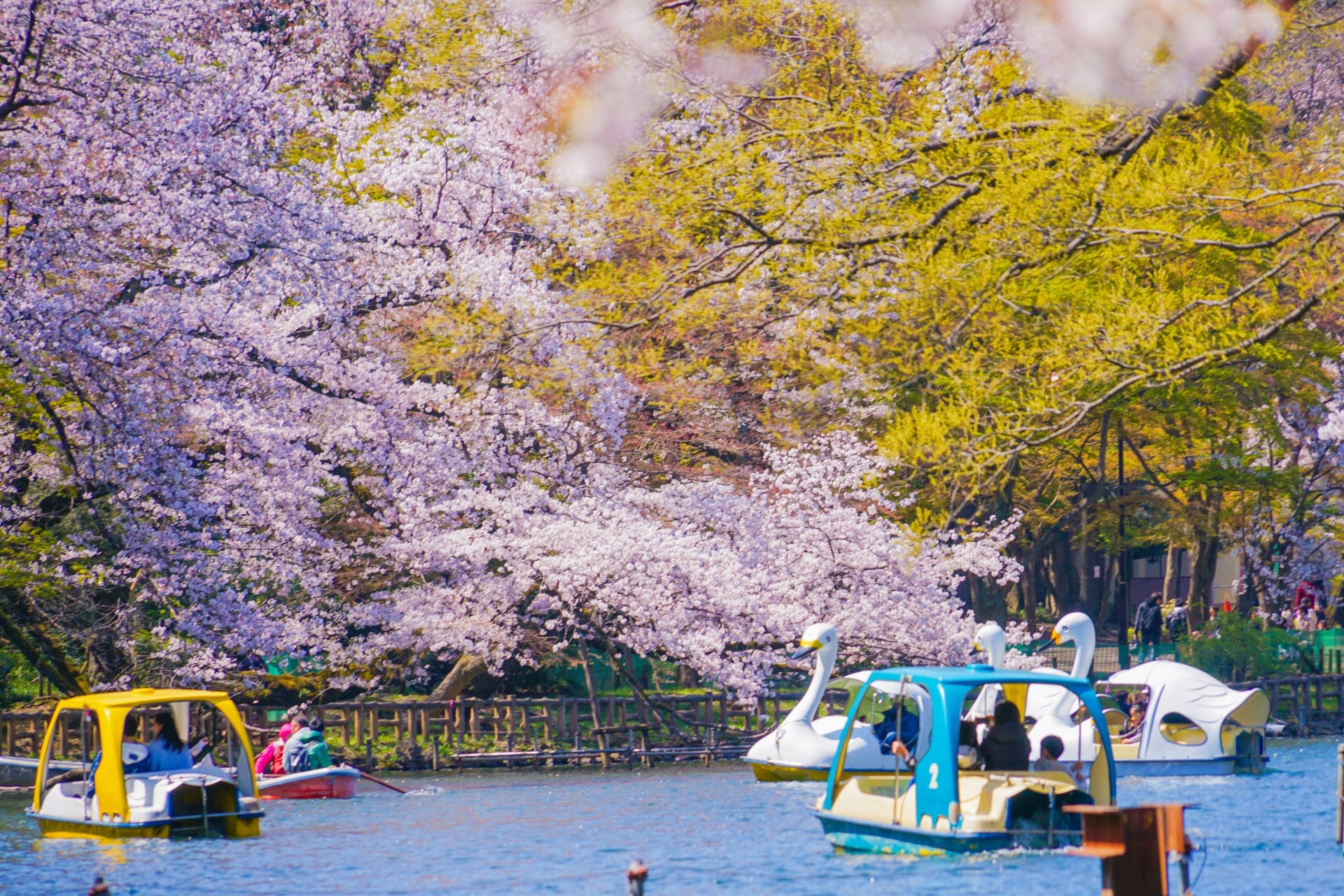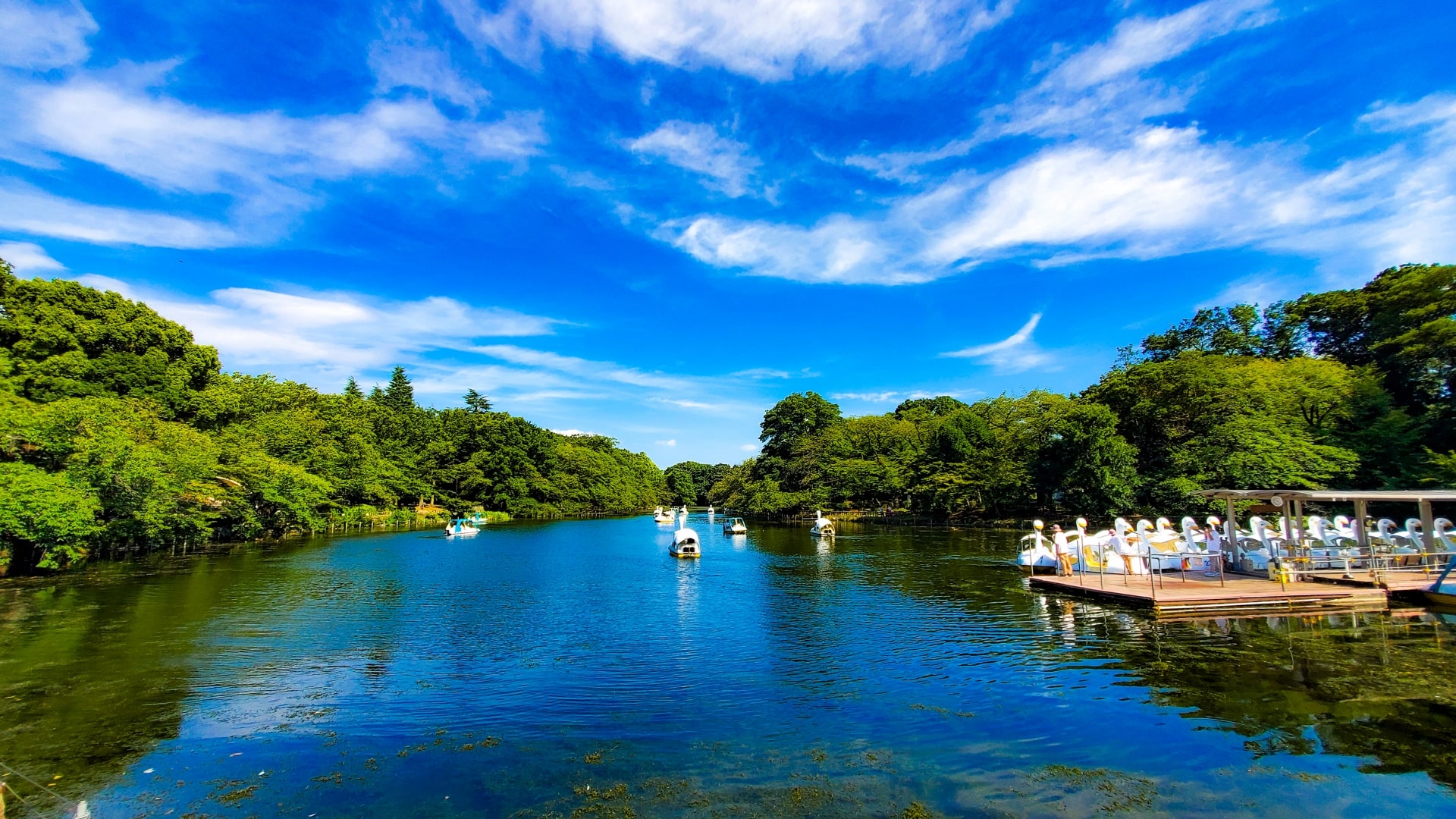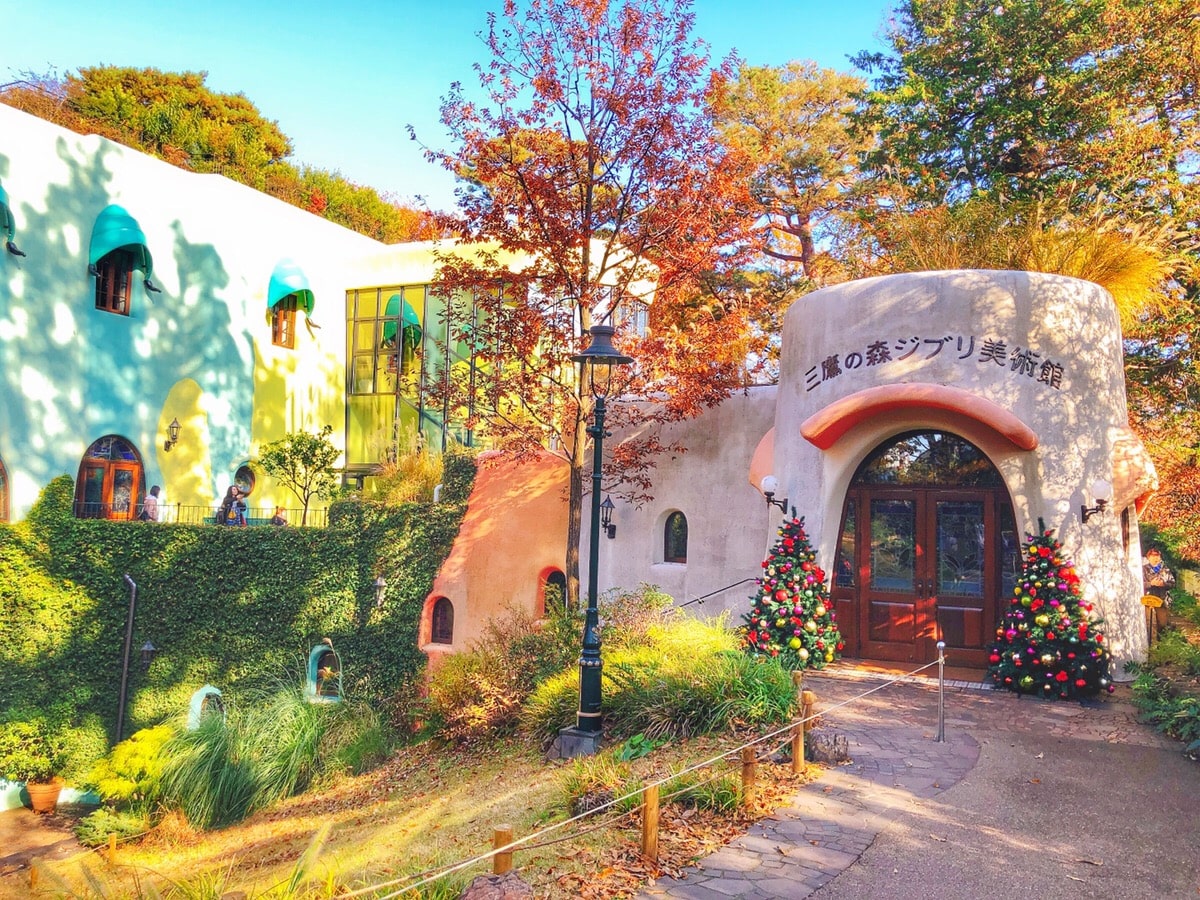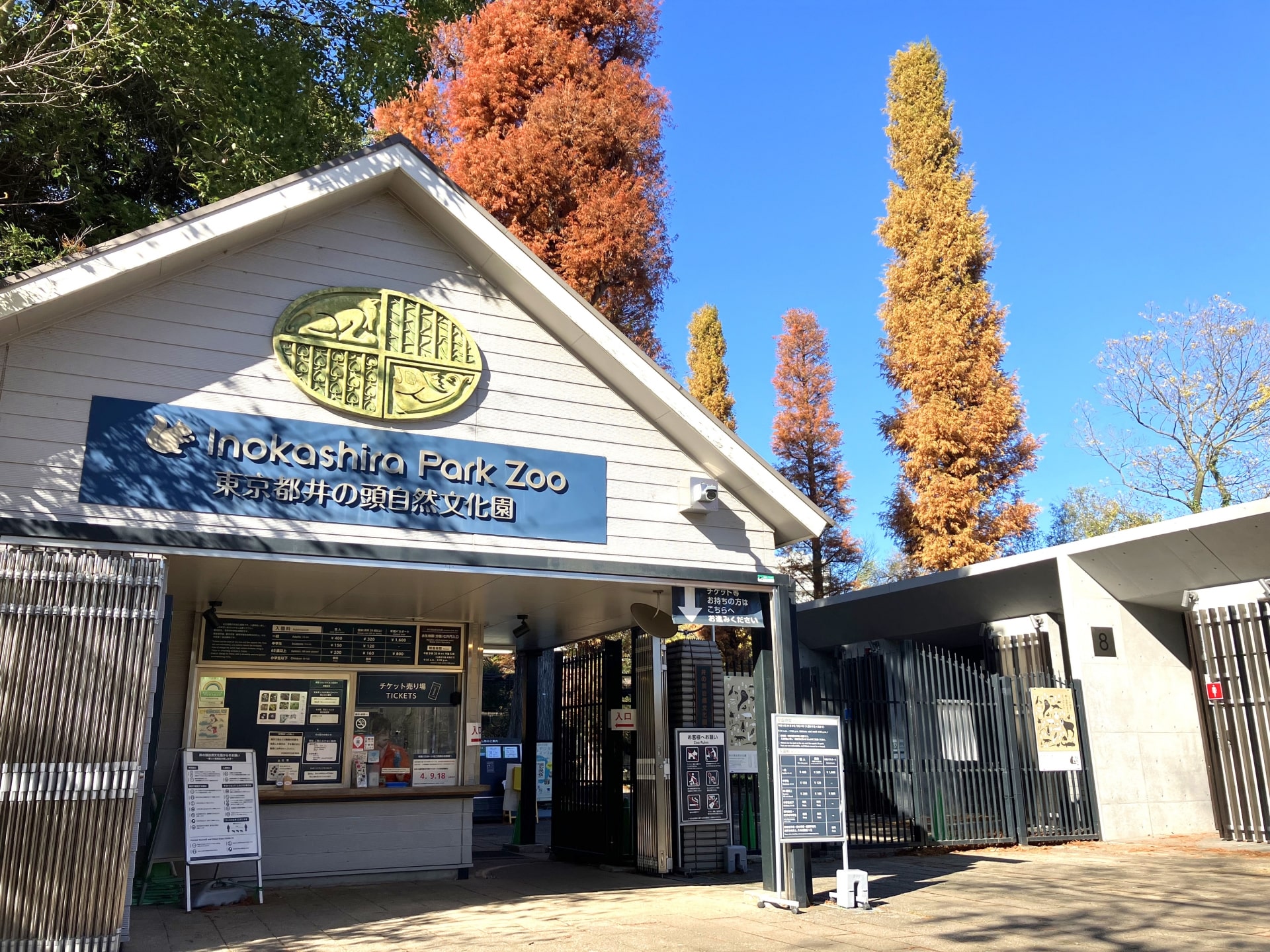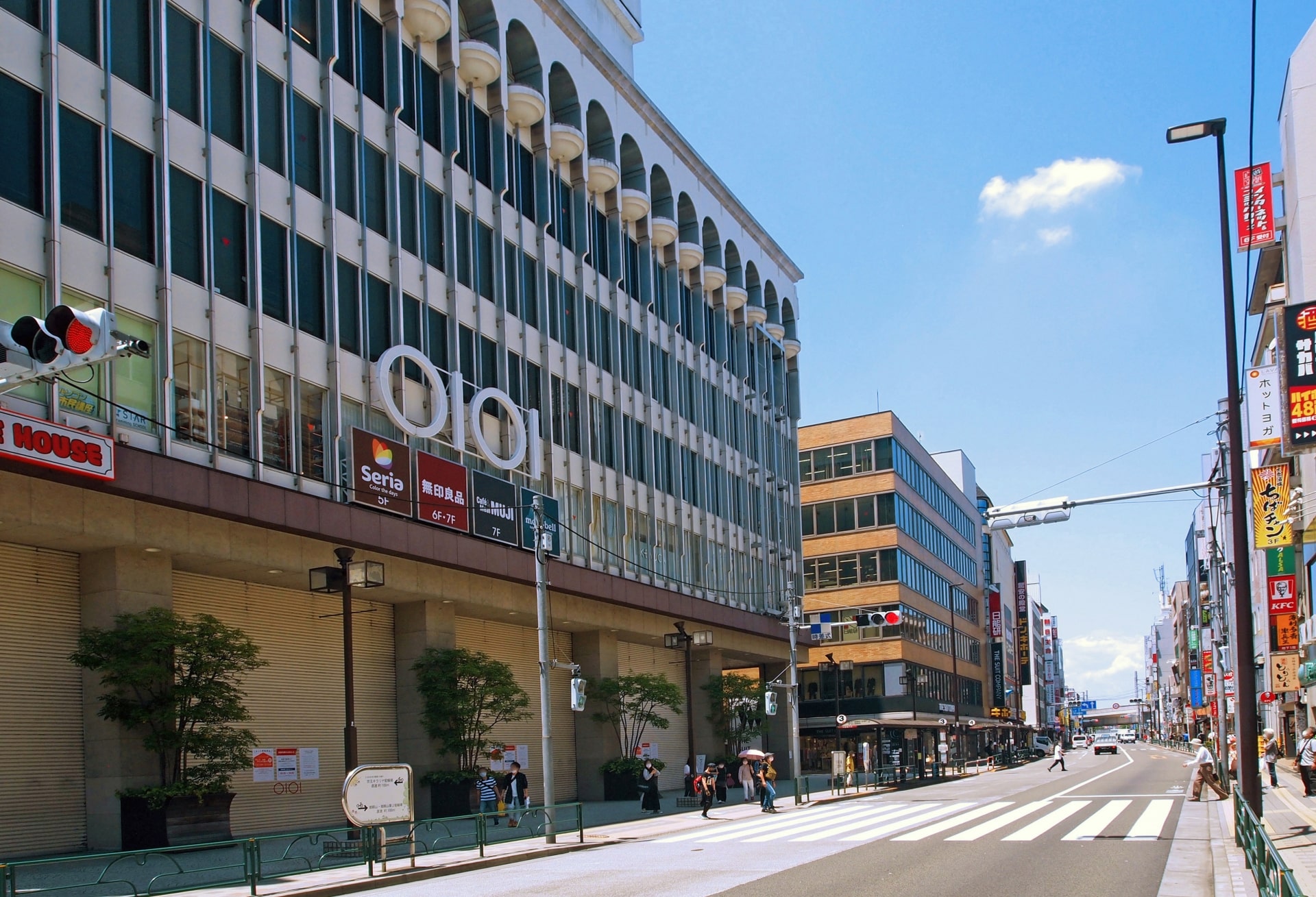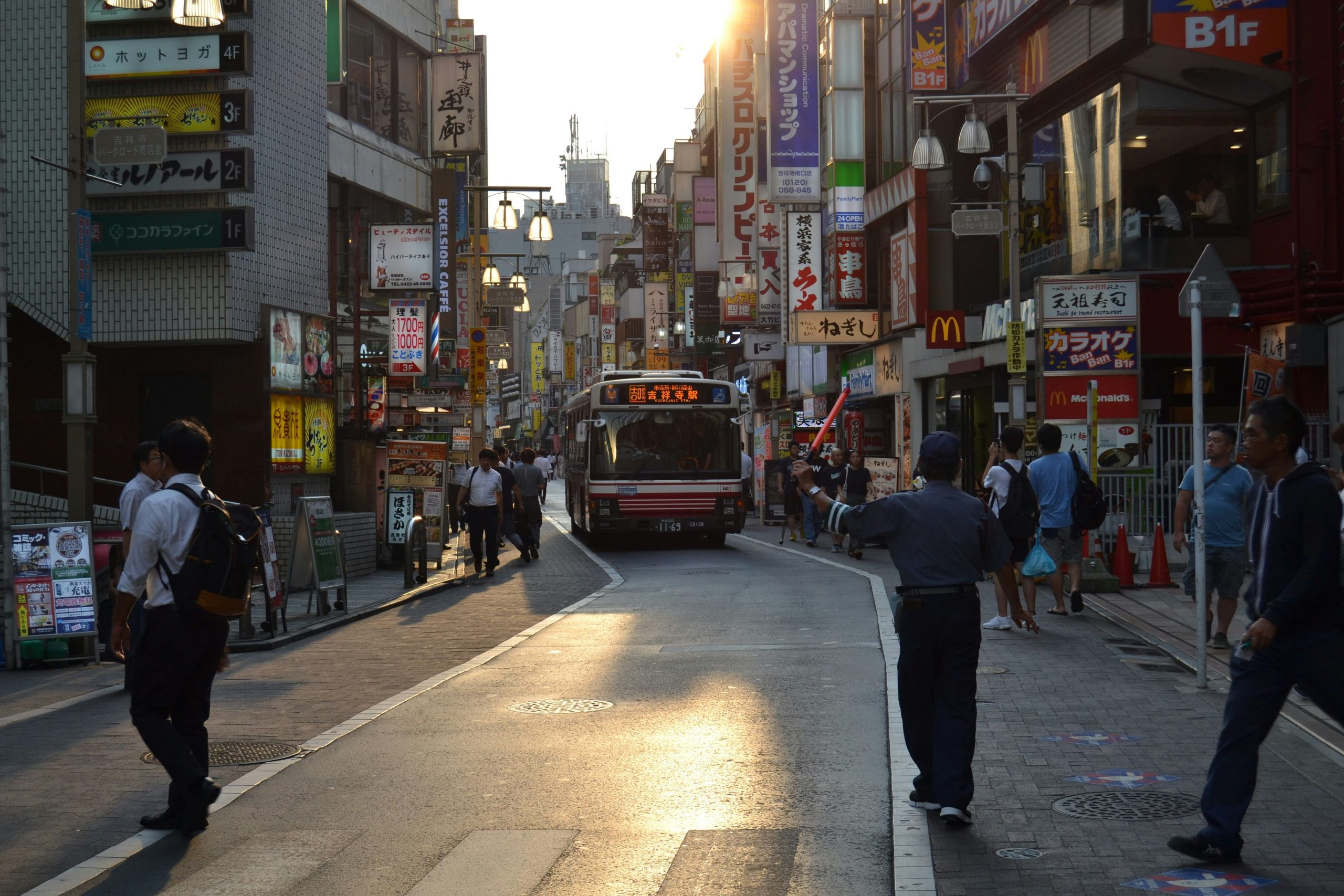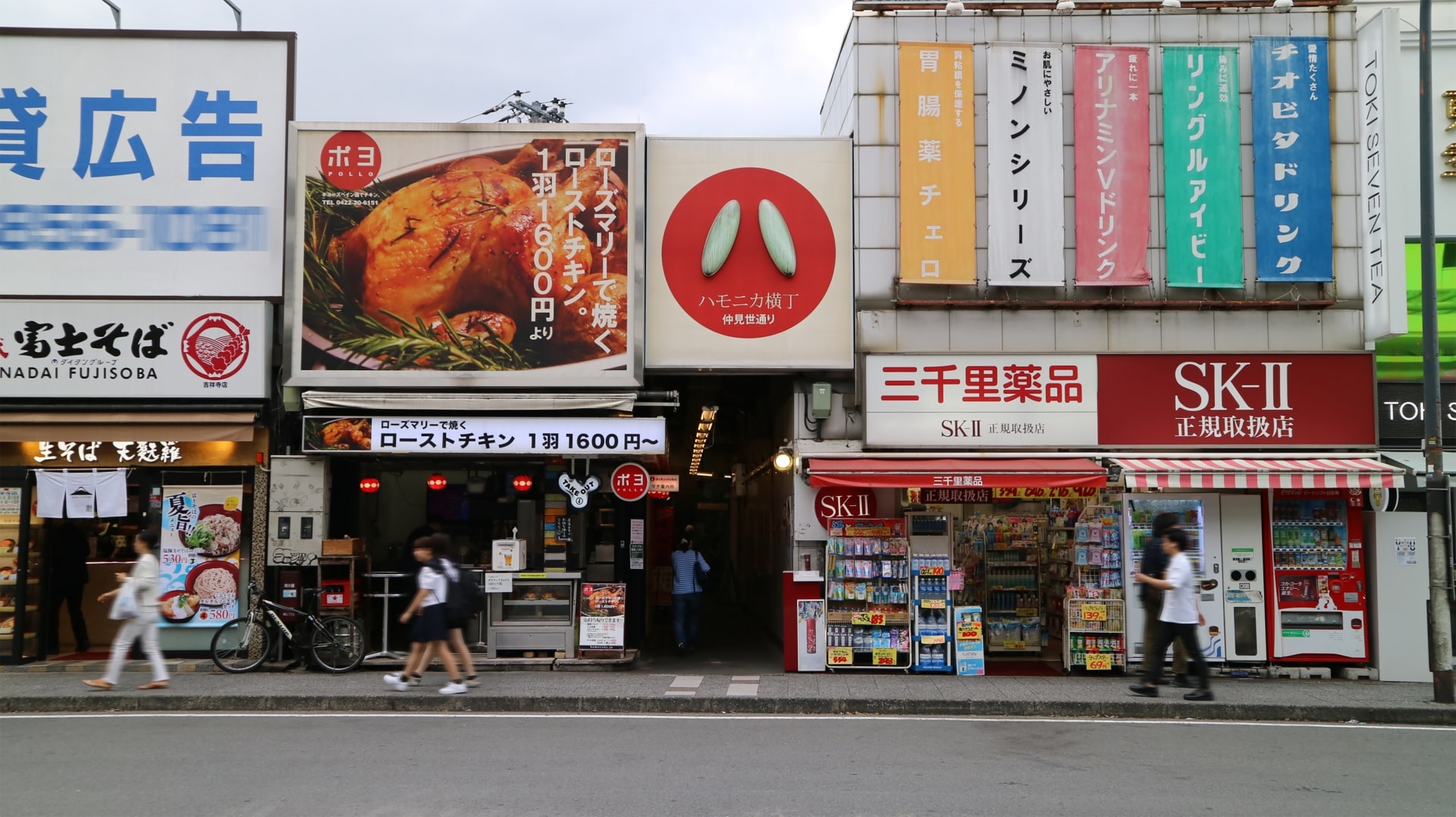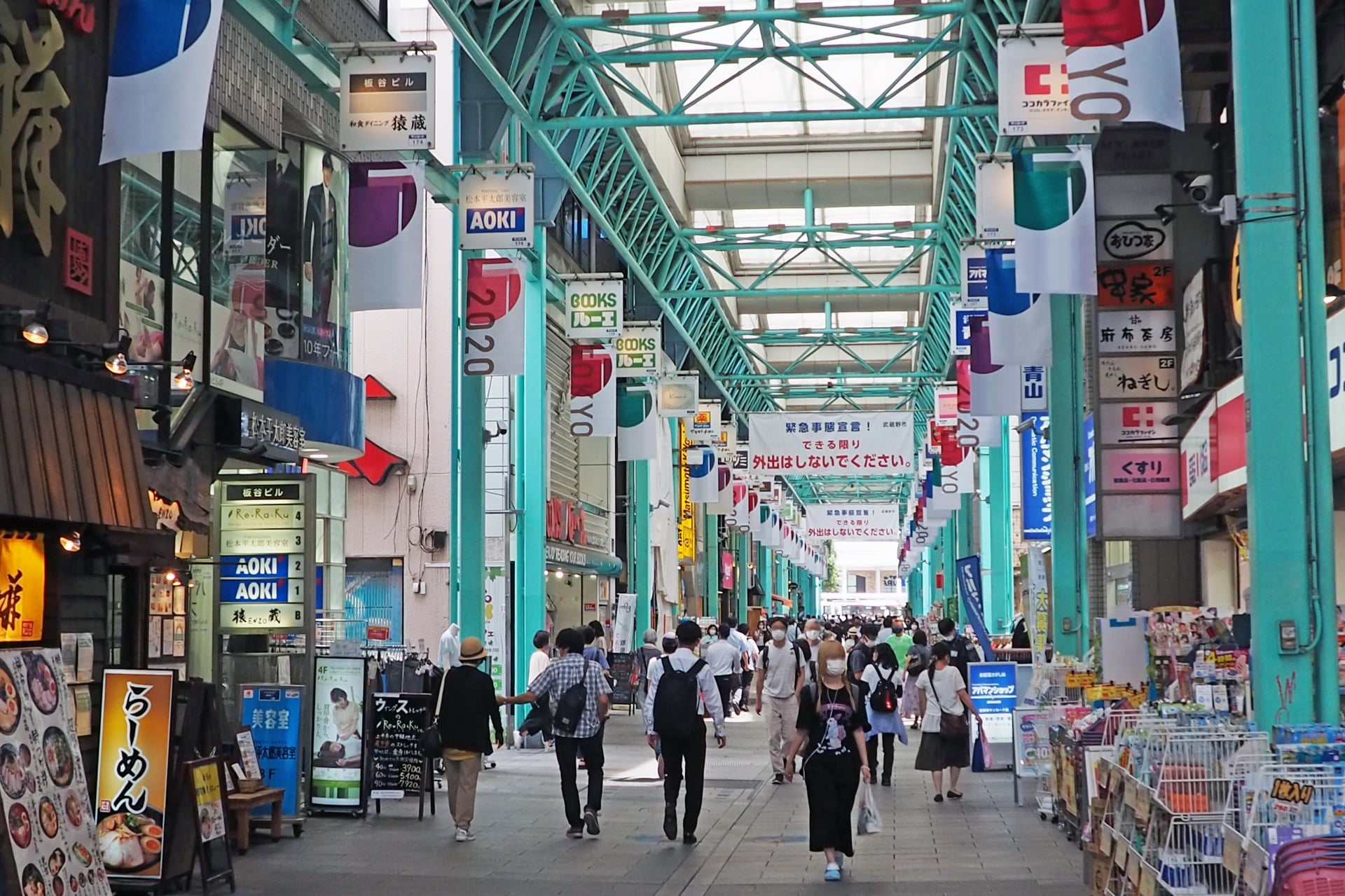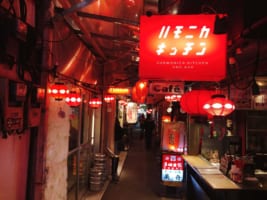Kichijoji: An All‑in‑One Guide for International Visitors
Kichijoji: Complete Area Guide to Tokyo's Most Livable Neighborhood
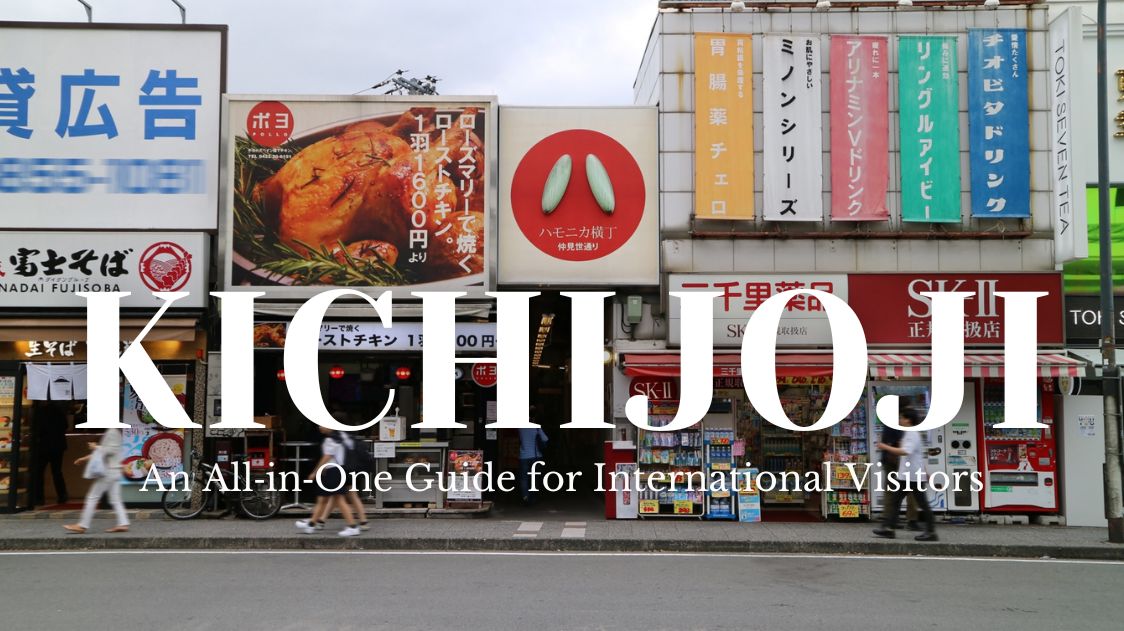
Kichijoji (吉祥寺) is often ranked as one of Tokyo’s most desirable places to live, offering a balance of city convenience and a relaxed atmosphere. Located just 15 minutes from Shinjuku and Shibuya, it attracts both residents and visitors with its mix of green spaces, shopping streets, and a thriving dining scene.
At the heart of the neighborhood is Inokashira Park, a spacious retreat known for its seasonal beauty, boat rentals, and cultural spots like the Ghibli Museum. Surrounding the park, Kichijoji is packed with independent boutiques, specialty cafes, and long-standing local businesses, giving it a distinctive character that combines the traditional with the modern.
This guide covers everything you need to know about Kichijoji, from its history and top attractions to the best shopping and dining spots. For a more detailed list of things to do in Kichijoji, be sure to check out our list of Things to Do in Kichijoji.
1. About Kichijoji
History & Evolution
The name Kichijoji originates from Kichijoji Temple, which was originally located in what is now Bunkyo City. After the temple was destroyed in the Great Fire of Meireki in 1657, displaced residents relocated to this area and named it after their former temple. While the temple no longer exists, its name remains a defining part of the neighborhood’s identity, which combines “Kichijo” (吉祥: good fortune) with “ji” (寺: temple).
For centuries, Kichijoji remained largely agricultural, with small farming communities dotting the landscape. Its transformation began in the early 20th century when the Chuo Line connected the area to central Tokyo. The establishment of Inokashira Park in 1917 further attracted visitors and prospective residents. The post-war period saw a significant influx of artists, intellectuals, and entrepreneurs, cementing Kichijoji as a cultural hub.
Why It’s Special
Kichijoji is often described as having “the best of both worlds.” It combines the liveliness of Tokyo’s major districts with a more relaxed, community-oriented feel. Unlike Shinjuku or Shibuya, where high-rise buildings dominate the skyline, Kichijoji offers a mix of bustling shopping streets, hidden alleyways, and green spaces that provide an inviting atmosphere for both visitors and residents.
- Green Spaces: The presence of Inokashira Park makes it unique among Tokyo neighborhoods, offering a peaceful escape just minutes from the station.
- Shopping Variety: From department stores to independent boutiques and second-hand shops, Kichijoji caters to all kinds of shoppers.
- Cultural Scene: The area is home to theaters, live music venues, and art spaces, making it a creative hub.
- Food & Drink: A rich dining scene with long-standing local eateries, international cuisine, and specialty coffee shops ensures there’s something for everyone.
2. Access & Transportation
Train Access
Kichijoji is conveniently connected to central Tokyo, making it an easily accessible destination for both residents and visitors. The neighborhood’s main hub, Kichijoji Station, is served by multiple train lines:
- JR Chuo Line (Rapid): Direct connection from Shinjuku (14 min) and Tokyo Station (28 min).
- JR Chuo-Sobu Line: Local service with more frequent stops along the route.
- Keio Inokashira Line: Connects Kichijoji to Shibuya in approximately 20 minutes.
For travelers arriving from Narita or Haneda Airport, direct limousine buses and train routes offer smooth connections to Kichijoji.
Station Information
Kichijoji Station, operated by JR East and Keio Corporation, is a well-equipped transit hub featuring multiple exits that serve different areas of the neighborhood:
- North Exit: Leads to Sun Road Shopping Street, department stores, and Harmonica Yokocho.
- South Exit: Provides easy access to Inokashira Park, Nakamichi Street, and the Ghibli Museum.
- West Exit: Direct access to Daiyagai Shopping Area, known for its mix of independent stores and casual dining options.
- East Exit: Leads to major department stores, including Atre Kichijoji and Tokyu Department Store, offering a variety of shopping and dining experiences.
The station is equipped with ticket machines, a travel service center, and luggage storage options, making it convenient for both daily commuters and tourists. Numerous bus routes also operate from Kichijoji Station, connecting to nearby districts such as Mitaka, Musashino, and Suginami.
3. Things to Do
Must-Visit Spots
Inokashira Park
A scenic green space at the heart of Kichijoji, Inokashira Park (井の頭公園) offers walking trails, cherry blossom viewing, and a large pond with boat rentals. The park is home to the Ghibli Museum, an open-air stage, and a small zoo and aquarium.
Musashino Hachimangu Shrine
Musashino Hachimangu Shrine (武蔵野八幡宮) is a revered Shinto sanctuary in Musashino City, western Tokyo. Dedicated to Hachiman—the protector of warriors—it has long served as a spiritual hub for the local community. The shrine’s traditional architecture and tranquil grounds provide a peaceful retreat from urban life. It also plays a central role in regional festivals, notably the Kichijoji Autumn Festival, where vibrant mikoshi processions and age-old rituals are performed.
Cultural Venues
- Kichijoji Theatre (吉祥寺シアター): A performing arts venue showcasing independent productions and contemporary plays.
- Suginami Animation Museum (杉並アニメーションミュージアム): A small but engaging museum dedicated to the history of Japanese animation.
- Suginami Public Hall (杉並公会堂): A community venue hosting regular performances, music events, and exhibitions.
Hidden Gems
- Gotokuji Temple: A short trip from Kichijoji, this historic temple is known as the birthplace of the “maneki-neko” (lucky cat) and features thousands of cat figurines left by visitors seeking good fortune.
- Musashino Art University Museum: A series of exhibition spaces showcasing contemporary art, photography, and student works, providing insight into Japan’s changing art landscape.
- Rooftop Gardens: Several establishments and department stores in Kichijoji like feature hidden rooftop gardens, offering a quiet place to relax above the city streets.
For a more detailed list of things to do in Kichijoji, check out our article of the 10 Best Things to Do in Kichijoji.
4. Shopping Guide
Shopping Streets
- Kichijoji Sun Road (吉祥寺サンロード商店街): A 400-meter covered shopping arcade, lined with fashion stores, specialty shops, and restaurants.
- Kichijoji Daiyagai (吉祥寺ダイヤ街): A lively traditional market street with a mix of old and modern shops selling local goods and produce.
Department Stores
Kichijoji’s department stores provide a mix of local and international brands, offering fashion, lifestyle goods, and gourmet food selections.
- Kichijoji Parco (吉祥寺パルコ): A well-known 11-floor department store featuring a mix of fashion retailers, lifestyle goods, and a variety of restaurants.
- Atre Kichijoji (アトレ吉祥寺): This multi-building shopping complex is directly connected to the station and houses a selection of fashion boutiques, cosmetics stores, and specialty food shops.
- Tokyu Department Store Kichijoji (東急百貨店吉祥寺店): A large, multi-story department store offering everything from high-end fashion to home goods, along with a supermarket in the basement.
5. Food & Drink Scene
Restaurants
- Harmonica Yokocho (ハモニカ横丁): A local beloved thanks to its old-school charm, this historic alley is filled with izakayas, standing bars, and unique independent stores, perfect to spend the evening between drinks and chicken skewers (yakitori).
- RISTORANTE Primi Baci (Italian): Enjoy authentic Italian dishes while taking in views of Inokashira Park. The Chef’s Special Course and fresh pasta options fuse traditional Italian flavors with a modern presentation.
- Yume Honpo (Creative Japanese Cuisine): Experience inventive takes on Japanese classics in a relaxed setting. Signature items like Tsukimi Tsukune and deep-fried chicken are prepared with a creative twist that pays careful attention to flavor and presentation.
- Iseya Sohonten (Izakaya): For a taste of local life, this casual izakaya serves up affordable yakitori and comfort foods. It’s a popular spot among residents for its friendly atmosphere and generous portions.
Cafés & Bars
- Organic Cafe Atataka na Osara (Café): This health-focused café emphasizes seasonal organic ingredients for those in the mood for a wholesome brunch or a relaxing coffee break, as the menu’s emphasis on freshness makes it a worthwhile stop.
- BIANCARA (Wine Bar): A refined spot for natural wine enthusiasts, BIANCARA pairs a well-curated selection of wines with light, Mediterranean-inspired small plates. It’s ideal for a quiet evening out with friends.
- Cafe Lumiere (Café): Famous for its inventive take on shaved ice, this café serves up flaming kakigori desserts that are both visually engaging and satisfyingly tasty. It’s the perfect pick for those with a sweet tooth.
6. Inokashira Park
Park Features
Established in 1917 and spanning 43 hectares, Inokashira Park (井の頭公園) is one of Tokyo’s most beloved green spaces, attracting approximately 7.2 million visitors annually. The park is best known for Inokashira Pond, where visitors can rent rowboats and swan boats, particularly popular during cherry blossom season.
It is also home to the Ghibli Museum, which showcases the works of Studio Ghibli and director Hayao Miyazaki. Families and nature enthusiasts can explore the Inokashira Zoo, which focuses on local wildlife and freshwater species, while the park’s walking trails, seasonal flower displays, and outdoor event spaces make it a year-round attraction.
Key Attractions
Inokashira Pond
One of the park’s highlights, Inokashira Pond offers scenic beauty throughout the year. Visitors can rent rowboats or swan boats (¥700 per 30 minutes) and take in the view of cherry blossoms in spring or colorful foliage in autumn. It is also home to various bird species, making it a great spot for wildlife observation.
Ghibli Museum
Located on the western side of the park, the Ghibli Museum is a major draw for visitors, featuring interactive exhibits, original artwork, and exclusive short films from Studio Ghibli. Tickets cannot be purchased onsite, they must be reserved in advance via official websites or travel agencies.
- Admission: Adults ¥1,000, Children ¥400
- Hours: 10:00 AM – 6:00 PM (Closed Tuesdays)
Inokashira Zoo
A small yet well-maintained zoo that showcases native Japanese wildlife such as raccoon dogs and sika deer. The aquarium specializes in freshwater fish and aquatic life from the region, so it’s quite a popular spot for families and young children.
- Admission: ¥400 for adults, free for children under 12.
7. Living in Kichijoji
Residential Areas
Kichijoji is often ranked as one of Tokyo’s most desirable places to live, thanks to its mix of modern convenience and laid-back charm. The neighborhood offers a variety of residential styles, with modern high-rise apartments and traditional low-rise homes, creating a balance between urban development and greenery that has made Kichijoji an attractive location for families, young professionals, or also retirees. Different areas within Kichijoji cater to different lifestyles:
- North: Known for its quiet residential streets and family-friendly atmosphere.
- East: Features modern apartment complexes and convenient access to shopping malls.
- South: Offers park-side living near Inokashira Park, ideal for nature lovers.
- West: Home to traditional houses and a more relaxed suburban feel.
Community Life
Kichijoji maintains a strong sense of community, with numerous local events and activities that bring residents together.
- Local Festivals: Seasonal festivals, including the Kichijoji Autumn Festival and local matsuri (traditional festivals), attract both residents and visitors.
- Community Centers: Several centers host language classes, cultural workshops, and social gatherings.
- Sports Facilities: The area offers public sports centers, tennis courts, and jogging paths, particularly in Inokashira Park.
- Cultural Workshops: Many small studios and venues offer calligraphy, pottery, and music lessons, reflecting the area’s artistic heritage.
Real Estate & Cost of Living
Kichijoji remains in high demand due to its livability, transportation access, and amenities.
- Average Rent for a 1K Apartment: ¥80,000–120,000 per month.
- Housing Demand: The area is popular among young professionals, artists, and families, leading to high property values.
- Real Estate Market: While housing prices are higher than other Tokyo suburbs, they remain more affordable compared to central districts like Shinjuku or Roppongi.
8. Practical Information
Kichijoji is a popular area for both visitors and residents, and having practical knowledge about the best times to visit, emergency services, and general tourist information can enhance the experience.
Best Times to Visit
- Cherry Blossom Season (Late March – Early April): Inokashira Park is one of Tokyo’s best spots for hanami (flower viewing), drawing large crowds.
- Autumn (November): The park is equally stunning in fall when the leaves turn vibrant shades of red and yellow.
- Summer Festivals (July – August): Various local events and beer gardens create a lively summer atmosphere, though it can be hot and humid.
- Weekdays for Shopping: If you’re visiting for shopping or food, weekdays are the best time to avoid the weekend crowds.
Tourist Information
- Tourism Office: Located near Kichijoji Station, offering maps, brochures, and assistance in multiple languages.
- Free Wi-Fi Spots: Available in major shopping areas, department stores, and Inokashira Park.
- Multilingual Assistance: Many major establishments in Kichijoji offer English menus and signs, but smaller restaurants and stores may require some basic Japanese or a translation app.
Emergency Services
- Koban (Police Box) Locations:
- Outside Kichijoji Station (North Exit)
- Near Inokashira Park entrance
- Medical Facilities:
- Japanese Red Cross Musashino Hospital: Large hospital with English-speaking staff.
- 24-hour Pharmacies:
- Matsumoto Kiyoshi (Sun Road)
- Tomod’s (Atre Kichijoji)
9. Seasonal Highlights
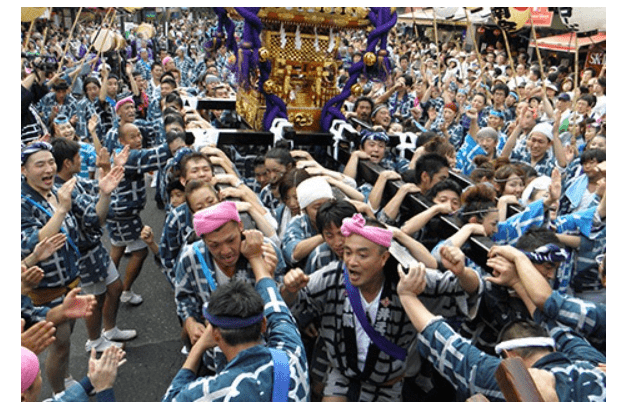
Cherry Blossom at Inokashira Park
Every spring, Inokashira Park transforms into a breathtaking canvas of pink and white as cherry blossoms bloom in abundance. Locals and visitors alike gather for hanami picnics, taking in the serene beauty of the pond framed by the delicate sakura. It’s a time to relax, celebrate nature’s renewal, and capture stunning photos of this seasonal spectacle.
Inokashira Bon Odori Festival
During the summer season, the Inokashira Bon Odori Festival brings the community together for traditional dance and celebration. Inspired by time-honored Bon Odori traditions, this festival features lively performances, colorful costumes, and food stalls that create a festive atmosphere.
Kichijoji Autumn Festival
Held in September, the Kichijoji Autumn Festival (吉祥寺秋まつり) is one of the area’s most anticipated events. The streets come alive with spirited mikoshi processions, traditional music, and vibrant local performances that capture the essence of Japanese culture. This festival not only celebrates the onset of autumn but also strengthens community bonds through its lively parades and festive activities.
10. Frequently Asked Questions
Here are some common questions visitors have about Kichijoji:
- What’s the best time to visit Inokashira Park?
- Early morning: Best for photography and a peaceful experience before crowds arrive.
- Weekday afternoons: Less crowded than weekends, ideal for a relaxed stroll.
- Seasonal events: The park is especially beautiful during cherry blossom season (late March–early April) and autumn foliage (November).
- How crowded is Kichijoji on weekends?
- Peak hours: 11:00 AM – 6:00 PM on Saturdays and Sundays, particularly around Inokashira Park and the shopping streets.
- Less crowded times: Early mornings and evenings. Weekdays are generally quieter, making them better for shopping and dining.
- Is Kichijoji an expensive area?
- Cost of living: Mid-range compared to other Tokyo districts. Housing is more affordable than central areas like Shibuya and Shinjuku, but higher than neighboring Mitaka.
- Dining and shopping: There’s a wide range of options from budget-friendly eateries and vintage shops to high-end boutiques and gourmet dining.
- How family-friendly is Kichijoji?
- Very family-friendly: The presence of Inokashira Park, playgrounds, and cultural attractions makes Kichijoji a great place for families.
- Safety: The area is well-maintained, has low crime rates, and features many kid-friendly activities, including the Inokashira Zoo and Ghibli Museum.
- What makes Kichijoji unique compared to other Tokyo neighborhoods?
- Balance of urban and natural elements: Unlike Shinjuku or Shibuya, Kichijoji offers both a bustling commercial area and a large green park.
- Local charm: The neighborhood has a strong community atmosphere, independent businesses, and a thriving arts scene, making it distinct from more corporate shopping areas.
- Varied cultural attractions: From traditional izakayas in Harmonica Yokocho to modern shopping streets and theaters, Kichijoji appeals to a wide range of visitors.
Kichijoji is a treasure trove of experiences waiting to be discovered. The neighborhood’s blend of nature, culture, and gastronomic attractions have created a haven for food lovers, nature enthusiasts, as well as anyone in search of artistic inspiration. Kichijoji invites you to explore its many layers and create your own unforgettable memories. So go ahead, dive into the heart of Kichijoji, and let its charm and character captivate you.
Explore every corner of Kichijoji with this Kichijoji guide!
Written by
Photographer, journalist, and avid urban cyclist, making sense of Japan since 2017. I was born in Caracas and lived for 14 years in Barcelona before moving to Tokyo. Currently working towards my goal of visiting every prefecture in Japan, I hope to share with readers the everlasting joy of discovery and the neverending urge to keep exploring.





